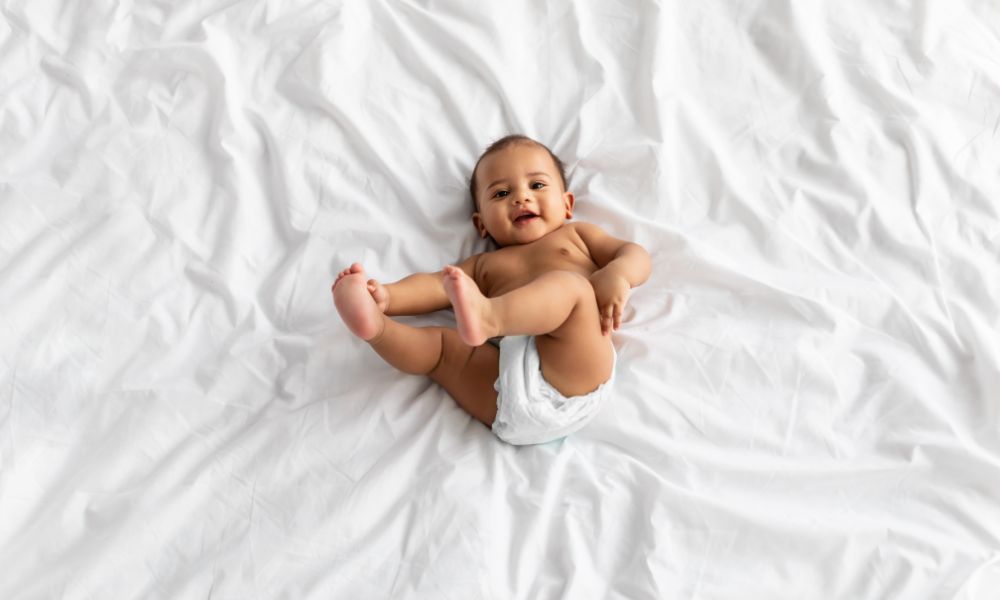Every parent’s primary concern is the well-being and security of their child, especially within the confines of their own home. A place designed to be a sanctuary of comfort and safety quickly becomes a landscape of curiosity and adventure as your baby begins to crawl, walk, and explore their environment.
With every new milestone your child achieves, a new set of challenges and potential dangers arises. From sharp edges on furniture to hazardous chemicals stored within reach, the home is full of dangerous threats. Learning the best ways to ensure your baby is safe at home will help you create a nurturing environment where your child can explore, learn, and grow with confidence.
Anchor Heavy Furniture and Electronics
One of the first steps in childproofing your home is to secure heavy furniture and electronics. Anchoring televisions, bookshelves, dressers, and other large items can prevent them from tipping over onto curious toddlers who may attempt to climb or pull on them. Use furniture straps and wall anchors designed for child safety to ensure heavy objects remain firmly in place.
Keep Hazardous Materials Out of Reach
To ensure your baby is safe, you must keep household cleaners, medications, and small, ingestible items out of their reach. Invest in childproof locks for cabinets and drawers, particularly those storing chemicals and medicines. Keep a close eye on smaller objects like coins, batteries, and magnets that pose choking hazards, and store them away from curious hands.
Secure Your Windows
Windows pose a significant risk to young children, especially when they begin to explore and climb. Babyproofing your windows is crucial to prevent accidents such as falls. Install window guards and locks that restrict how far a window can open while still allowing for ventilation. Get window stops or child-proofing devices for this purpose, and ensure they are durable and installed correctly.
Install Safety Gates
Safety gates are invaluable in homes with stairs or rooms that contain hazards. These gates can help prevent falls down the stairs and restrict access to areas that are not safe. Choose gates that are sturdy and difficult for children to move but easy for adults to operate. Install them at the top and bottom of staircases and in the doorways of potentially dangerous rooms like kitchens and bathrooms.
Cover Electrical Outlets and Manage Cords
Electrical outlets and cords are fascinating to babies but present serious safety concerns. Use outlet covers to block access to electrical sockets and keep cords out of reach to prevent electrical shock or injury. Use cord management tools and products designed for child safety to secure loose cords from blinds or electrical appliances and eliminate strangulation hazards.
Transforming your home into a safe haven for your baby requires vigilance, preparation, and a commitment to proactive safety measures. With these strategies to ensure your baby is safe at home, you can significantly reduce the risks that different elements may pose to your curious little one. Babyproofing is an ongoing process that evolves with your child’s growth and development.






